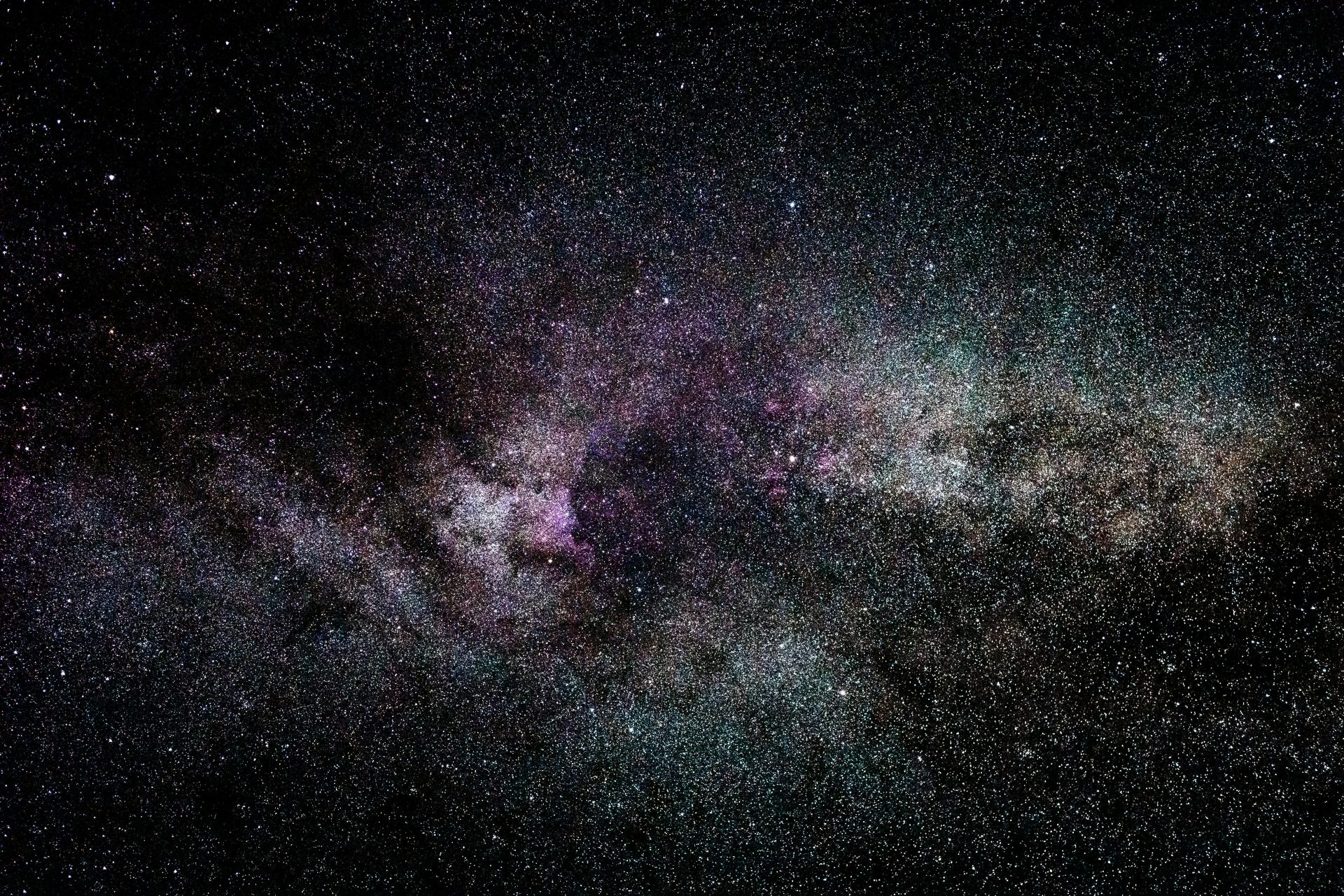Remote Viewing Realities: Projecting Consciousness Across Space

Before diving in, please note: This post is for informational purposes only. If you’d like to know more about how we approach topics, feel free to check out our friendly Disclaimer Page.
Hey there, amazing readers! 🖐️ Just a quick note: yes, we know there are a lot of ads here. Trust us, we get it—it’s not the prettiest look, but they help us keep this blog alive and kicking. Those pesky little ads cover the costs of all the behind-the-scenes magic, from hosting and tech stuff to creating content we hope you’ll love.
We’re committed to delivering quality posts, and your support (even just sticking around despite the ads) means everything to us. So, bear with us, and thanks for helping us keep the good vibes rolling. Now, on to the fun stuff! 😉
TRANSLATE BUTTON AT THE END OF THE ARTICLE
Remote Viewing Realities: Projecting Consciousness Across Space
Remote viewing is a fascinating phenomenon that involves the projection of consciousness across space to gather information about a target location, person, or event.
It allows individuals to transcend the limitations of physical distance and explore distant locations or gain insights into hidden information.
This article aims to provide a comprehensive overview of remote viewing, including its history, mechanics, scientific research, applications, ethical considerations, training methods, real-life cases, challenges, and the future of this intriguing practice.
What is Remote Viewing?
Remote viewing refers to the ability to gather information about a target location, person, or event using only one’s consciousness, without the use of the five physical senses.
It is believed that individuals who possess remote viewing abilities can access non-local information, allowing them to perceive and describe details of distant or hidden targets accurately.
This process involves the projection of consciousness across space and time, enabling the remote viewer to access information that is not readily available through conventional means.
History of Remote Viewing
The history of remote viewing dates back to ancient times when various cultures and civilizations practiced forms of psychic exploration.
However, remote viewing as we know it today gained significant attention during the 20th century.
In the 1970s, the United States government initiated a top-secret program known as Stargate Project, which aimed to investigate the military and intelligence applications of remote viewing.
This program brought remote viewing into the mainstream and helped generate interest and research in the field.
The Mechanics of Remote Viewing
The mechanics of remote viewing involve a multi-step process that allows the remote viewer to access and describe information about a target.
The process typically begins with the selection of a target or a set of coordinates that represent the target.
The remote viewer then enters a relaxed state of consciousness, often through meditation or other techniques, to quiet their mind and enhance their focus.
They then mentally project their consciousness to the target location, allowing them to perceive and receive information about the target through their intuition, imagination, and non-local awareness.
Debunking Myths and Misconceptions
Remote viewing has often been met with skepticism and misconceptions.
One common misconception is that remote viewing is simply a form of guesswork or imagination.
However, remote viewing involves a structured and disciplined approach that aims to gather verifiable information about a target.
Another myth is that remote viewing can be used to predict the future with certainty.
While remote viewing can provide insights into future events, it is not a foolproof method of divination.
It is important to approach remote viewing with an open mind and a willingness to explore its possibilities without rigid expectations.
Scientific Research on Remote Viewing
Scientific research has been conducted to explore the validity and effectiveness of remote viewing.
One notable study was conducted at Stanford Research Institute (SRI) in the 1970s, as part of the Stargate Project mentioned earlier.
The results of this study demonstrated the potential accuracy of remote viewing, with remote viewers successfully describing target locations they had never physically visited.
Other research studies have also shown promising results, providing evidence for the existence of remote viewing as a valid phenomenon worthy of further investigation.
Applications of Remote Viewing
Remote viewing has a wide range of applications, both practical and exploratory.
In the military and intelligence community, remote viewing has been used to gather information about potential threats, locate missing persons, and explore enemy installations.
In the field of archaeology, remote viewing has been utilized to discover hidden artifacts and ancient sites.
Additionally, individuals and organizations have used remote viewing for personal growth, decision-making, and exploring consciousness.
The applications of remote viewing are virtually limitless, and its potential benefits continue to be explored in various fields.
Ethical Considerations in Remote Viewing
As with any psychic ability or tool, ethical considerations are crucial in the practice of remote viewing.
It is important for remote viewers to prioritize ethical conduct and respect the privacy and boundaries of others.
Unlock your potential with the Advanced Intuition Training Course – start here.
Explore the Path to Spirituality and Enlightenment – Start Here.
Remote viewers should only access information with the consent of the target or for legitimate purposes such as search and rescue missions.
Maintaining integrity and using remote viewing responsibly is vital to ensure the ethical and moral implications of this practice are upheld.
Training and Developing Remote Viewing Skills
Remote viewing is a skill that can be developed and honed with training and practice.
Various methodologies and training programs exist to help individuals enhance their remote viewing abilities.
These programs often focus on teaching techniques to quiet the mind, enhance intuition, and improve focus and concentration.
Training typically involves guided exercises, feedback sessions, and practice with target locations.
By committing to regular practice and following structured training programs, individuals can improve their remote viewing skills and unlock their innate potential.
Real-Life Cases of Successful Remote Viewing
There have been numerous documented cases of successful remote viewing, providing compelling evidence for the validity of this phenomenon.
In one notable case, remote viewers were able to accurately describe a target location that was thousands of miles away, including specific details about the layout, architecture, and even the emotions associated with the place.
In another case, remote viewers assisted in locating missing persons by providing accurate descriptions of their surroundings.
These real-life cases highlight the practical applications and potential benefits of remote viewing.
Challenges and Limitations of Remote Viewing
While remote viewing shows great promise, it also faces certain challenges and limitations.
The accuracy of remote viewing can vary among individuals, and results may be influenced by factors such as the clarity of the target, the viewer’s state of mind, and external distractions.
Additionally, remote viewing may not always provide clear and concise information, requiring interpretation and analysis.
Like any skill, remote viewing requires ongoing practice and refinement to optimize its effectiveness and overcome these challenges.
Exploring the Future of Remote Viewing
The future of remote viewing holds exciting possibilities and potential advancements.
As scientific research continues, we may gain a deeper understanding of the mechanisms behind remote viewing and develop more reliable and standardized protocols for conducting remote viewing sessions.
Technological advancements, such as the use of virtual reality and artificial intelligence, may also enhance the remote viewing experience, allowing for more immersive exploration of target locations.
With continued exploration and open-mindedness, the future of remote viewing is likely to bring new discoveries and applications in various fields.
Conclusion
Remote viewing is a captivating practice that offers a unique method of exploring distant locations, gaining insights, and accessing hidden information.
While skepticism and misconceptions surround remote viewing, scientific research and real-life cases provide evidence for its validity and potential.
With ethical considerations in mind, individuals can train and develop their remote viewing skills, uncovering new perspectives and opportunities for personal growth.
The future of remote viewing holds exciting prospects, and as our understanding and technologies evolve, we can expect to witness further advancements in this intriguing field.

The Enlightenment Journey is a remarkable collection of writings authored by a distinguished group of experts in the fields of spirituality, new age, and esoteric knowledge.
This anthology features a diverse assembly of well-experienced authors who bring their profound insights and credible perspectives to the forefront.
Each contributor possesses a wealth of knowledge and wisdom, making them authorities in their respective domains.
Together, they offer readers a transformative journey into the realms of spiritual growth, self-discovery, and esoteric enlightenment.
The Enlightenment Journey is a testament to the collective expertise of these luminaries, providing readers with a rich tapestry of ideas and information to illuminate their spiritual path.
Our Diverse Expertise 🌟
While our primary focus is on spirituality and esotericism, we are equally passionate about exploring a wide range of other topics and niches 🌍📚. Our experienced team is dedicated to delivering high-quality, informative content across various subjects ✨.
To ensure we provide the most accurate and valuable insights, we collaborate with trusted experts in their respective domains 🧑🏫👩🏫. This allows us to offer well-rounded perspectives and knowledge to our readers.
Our blog originally focused on spirituality and metaphysics, but we’ve since expanded to cover a wide range of niches. Don’t worry—we continue to publish a lot of articles on spirituality! Frequently visit our blog to explore our diverse content and stay tuned for more insightful reads.











